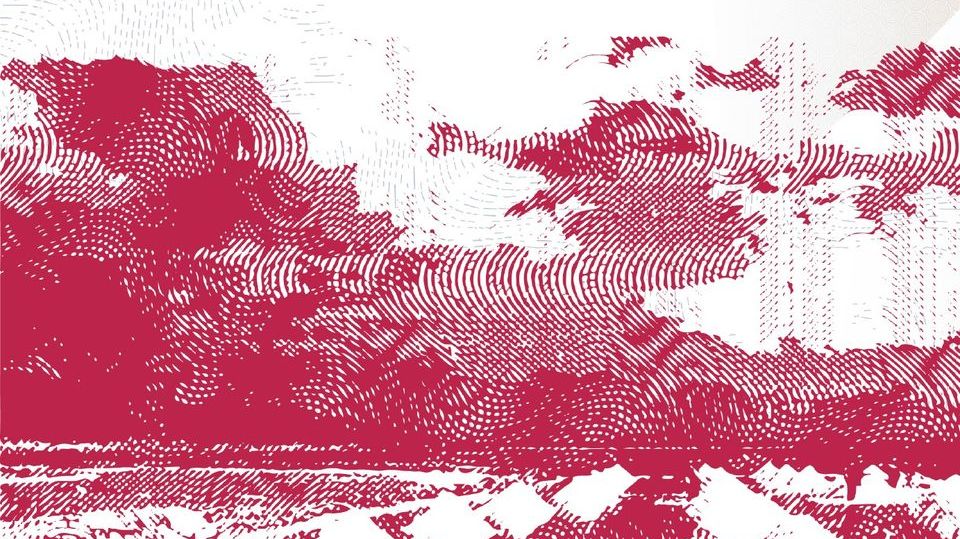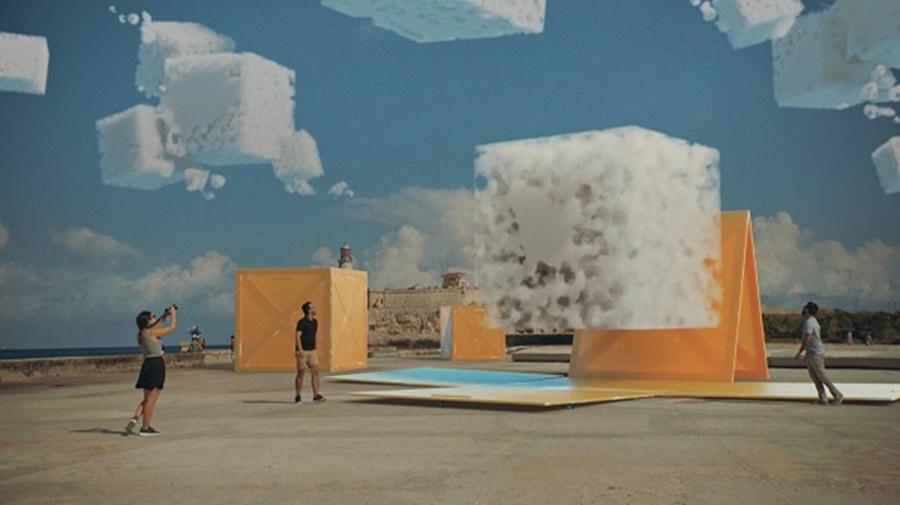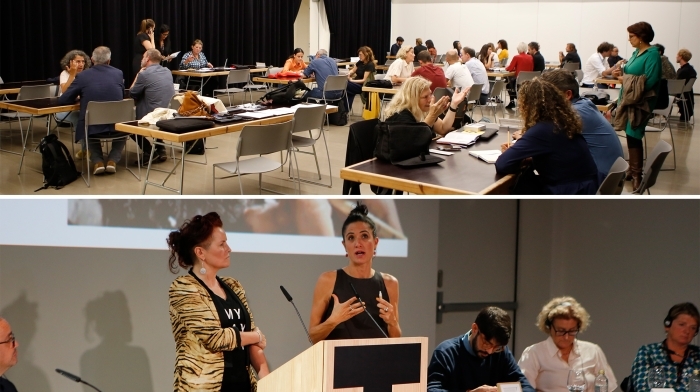Detrás del muro is a project that was born with the tenth Biennial and given its conception of art to interact is, perhaps, one of the installations of the great event of the visual arts in Cuba for which the public feels more attracted. As its name indicates, the stage of this sociocultural project is the Malecón, the great sofa of Havana, where one way or another we all go to stop. In an exclusive interview for the tenth anniversary of Arte por Excelencias, Juan Delgado, its creator and curator, tells us more details.
What are the differences between Detrás del muro and Dedelmu?
When art is made, there are no differences. The difference is in what social networks establish. Detrás del muro is still behind the wall. We say Dedelmu. Detrás del muro was born with the Biennial of Havana and Dedelmu is the project we are doing and we will continue doing. It is our future. It has another focus on what happens in the plastic arts and in Cuban society in general. Because of the context in which I live I am interested in social problems and this is a sociocultural project. We try to insert ourselves, moreover, in the projects that the Office of the Historian of Havana does.
I am a student who is examined every day. Malecón 307 will be a sociocultural project of social insertion, exhibition of plastic arts, conferences. It will not be static, but interactive. We will work tomorrow, afternoon and night, as long as we have a building, giving life to art. Art must be given life. When the 12th Biennial ended, we took on the task of doing everything you will see this month and next: artists around the world and their concerns, getting the curatorship to collect all the manifestations of the visual arts. There will be video, performance, installations, graffiti painting and video art. That's what we want to focus on: for the city to be a great urban museum.
The venue is not yet ready, I hope it is for the 500th anniversary of Havana, so during the Biennial we will work on the traditional Malecón, the solar La California, the Callejón de los Barberos, the Paseo del Prado, in the Casa del Festival of Latin American Cinema, in the Hispano-American Cultural Center and in the Castillo de la Punta for the first time. We also invite the Camagüey Video Art Center to be part of these proposals.
Why the Malecón as a subject?
The Malecón asks you and answers you. It is a wonderful place where we carry our joys and sorrows. The sea is like a therapy. We are surrounded by the sea. It was a necessity of mine to do something on the Malecón and to be different. The Malecón is a liquid stage. All the works are made for the Malecón. They are unpublished. Among the artists are David Magán, Enrique Martínez Celaya, José Dávila, Alejandro Piñero, Adrián Fernández and Javier Cisneros. It is one of the most difficult and ambitious projects. Without passion there is no art. I am passionate about art.
How is the selection of artists?
I go around the world looking for what interests me and above all interacting with artists. I'm interested in the human side of the artist. When I discover that side, there is all his talent. And then they say yes in such a spontaneous way. I dont know. This is a project of only seven years. We have accumulated experiences of three editions. I promise that the fourth will be more beautiful. I already dreamed the fourth and now we are in the practice of the third, which has been very strong in terms of years of work. I'm grateful to have a wonderful team. As Rubén Blades would say: my team is wiser than me. Neither they nor I have limits to work. Art feeds us. I think that if I did not do this, I would not exist. I believe in the four letters that is Cuba and in the four that is art.
How much has the Biennial contributed as a space to your work and vice versa?
The Biennial has fed me a lot. It has been a platform for development and promotion of art, not only Cuban, but universal art. I work from the first and I've seen great artists go through here, like Manuel Mendive, the most awarded artist of the Biennial; Roberto Fabelo, who joins me to Detrás del muro, among many others. I think we should always think about the Biennial, not only when it's Biennial time. I would have liked to contribute more and I would like to continue contributing not only to the event, but to the development of the arts.
Detrás del muro, it conceives the Malecón as the liquid stage of our aspirations and shortcomings. Take advantage, in short, the damn circumstance of water everywhere.
Related Publications
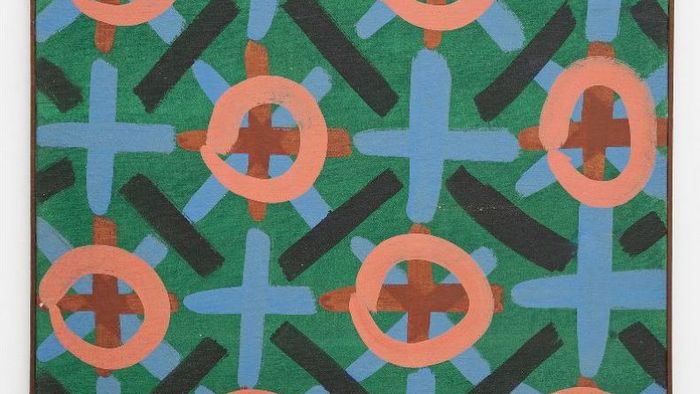
Waldemar Cordeiro: La Biennale di Venezia
April 16, 2024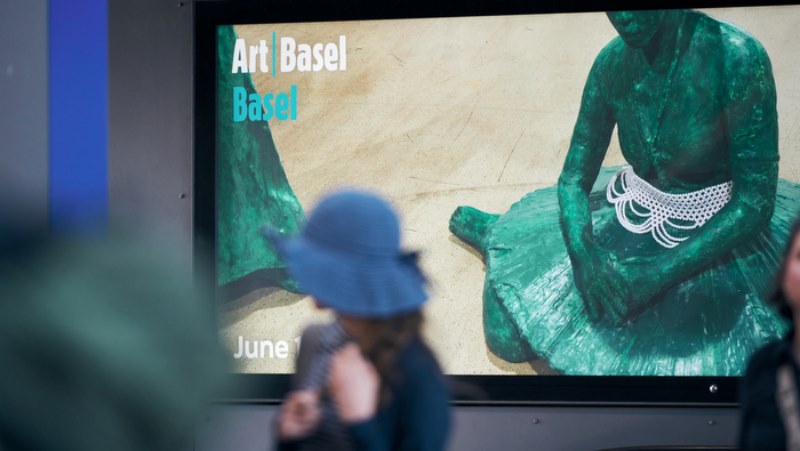
Art Basel Unveils Further Highlights for its 2024 Edition
April 12, 2024